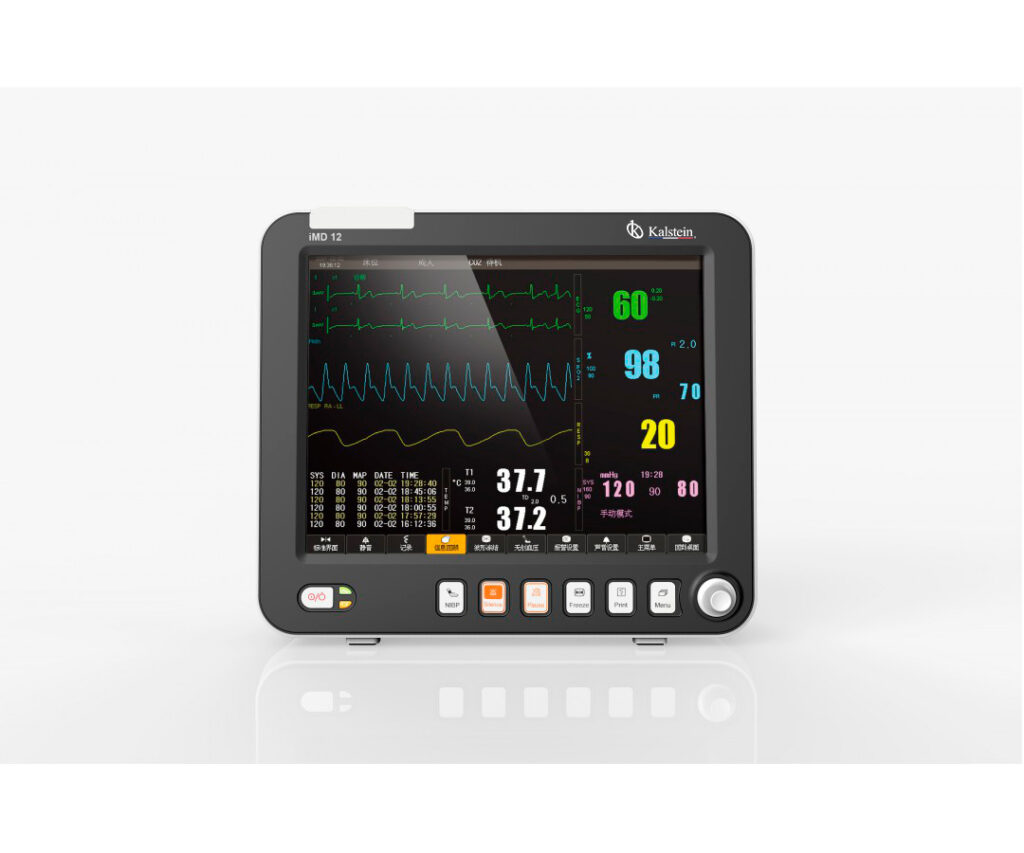A patient monitor is a medical device that collects and stores the patient’s vital signs, which, linked to alarm systems, process and record the patient’s parameters. They are equipment capable of providing operating facilities for medical staff and modern medical practice. Currently, these patient monitors collect information on various physiological parameters, as well as storing trends and arrhythmia events.
A patient monitor must be easy for medical staff to interact with and use. It encompasses all the work involved, from the interaction of the key, its effect on the screen, to its execution in monitor operation.
Criteria for using Patient Monitors
Patient monitors are ergonomically designed to meet certain characteristic criteria that must be taken into account when developing their functions:
- Ease of connection to the patient, setting scales, alarm limits, etc.
Configure basic functions, such as the time required to be displayed, select information to be displayed, including alarms, parameters, silence time, etc. - Change parameters easily via monitoring.
- Non-invasive manual pressure measurement
- Cables must be easily accessible and connected to the patient in such a way as not to impede visibility of the display.
- Adjust alarms according to patient conditions.
In this sense, the functions of patient monitors are essentially used by trained personnel, so the use of a user manual is not necessary, as the help references, explain the function or operation not very obvious to users with functions that are not used frequently. In addition, the monitor should be as simple as possible, allowing on-screen display from different angles while remaining clear and precise. As well as the use of controls for simple and obvious functions.
Alarm Interface as a Standard for Patient Monitor Use
It’s important to take into account the alarm system that regulates and warns efficiency in the use of patient monitors, which are reflected as follows:
- Opening: alarms should be triggered as soon as the patient is connected to the monitor and has begun monitoring, and should be triggered by default at values that are reasonable for each parameter.
- Visual indicator: refers to the identification of any prefixed limit, both audible and visual. These indicators should identify the alarm that has been violated, and should be activated within 10 seconds of the alarm condition.
- Silent or Off: this is important, as the user can take care of the patient without worrying about changing the alarm level. The duration of silence should be short, and should be automatically reactivated at the end of this period if the alarm state persists.
- The default volume should be audible. These variables range from 50 to 60 dB in care and emergency rooms, with peaks of 65 to 70 dB for conversations and the like. It is important that alarm tones differ from other sound signals present on the monitor application sites.
Finally, neglect of patient monitoring is a particular type of alarm that occurs when an error occurs or because it has been switched off due to low battery charge.
Kalstein patient monitors
We at Kalstein are trained to offer you the best medical equipment that any customer wants, and to meet the requirements that doctors demand in the field of operation, so we offer you patient monitors with 8.4-inch touchscreen, integrated handle, module-capable, lightweight with 1.6 kg weight, 5-hour battery life, fanless design that guarantees low noise levels, multiple interfaces for different departments. Compatible vehicle power supply ;
At Kalstein, we’re manufacturers and we offer you the best equipment, with the best advice to make sure your purchase is the right one and at the best price. Please visit our page: HERE

